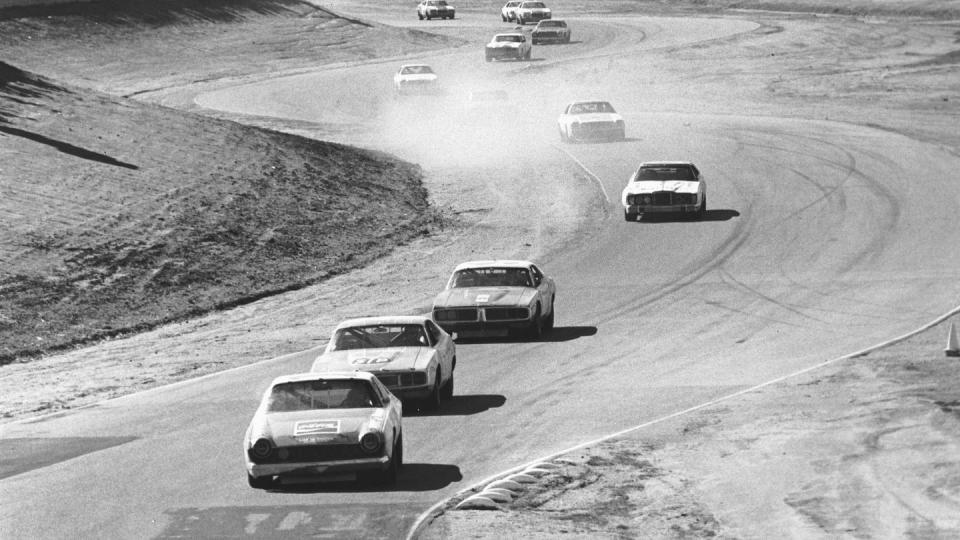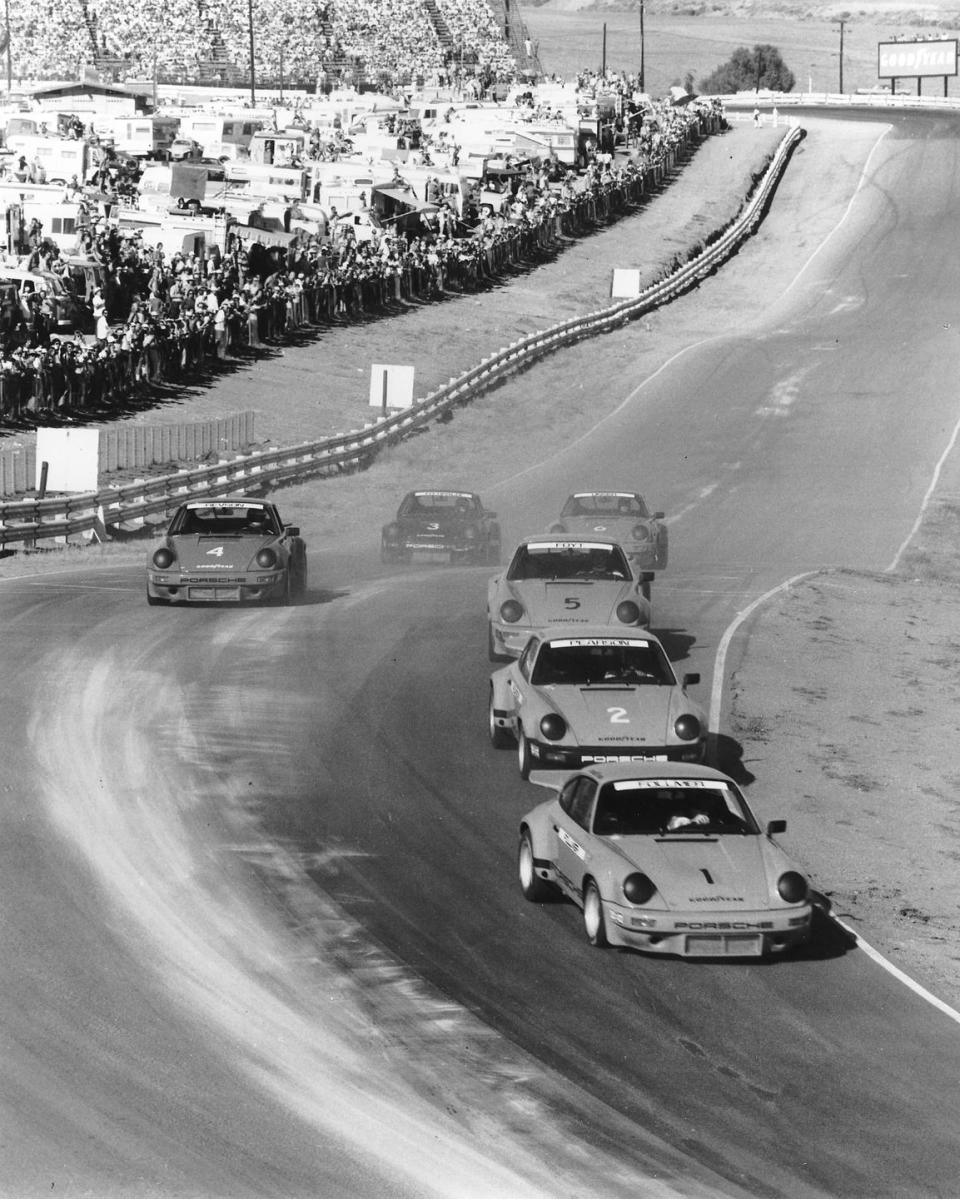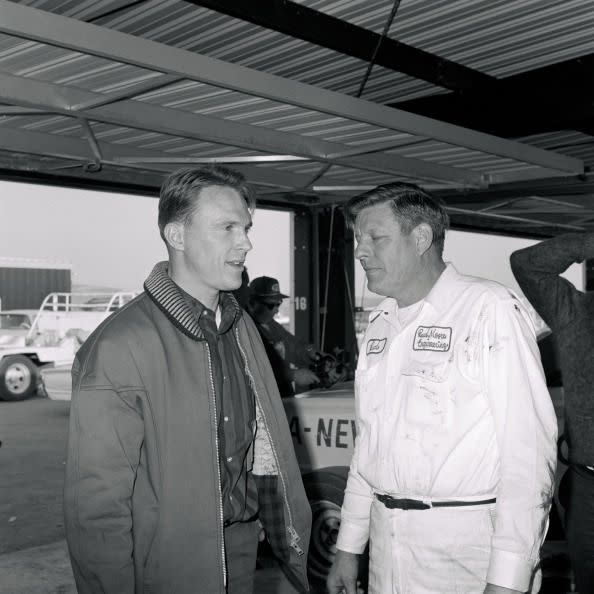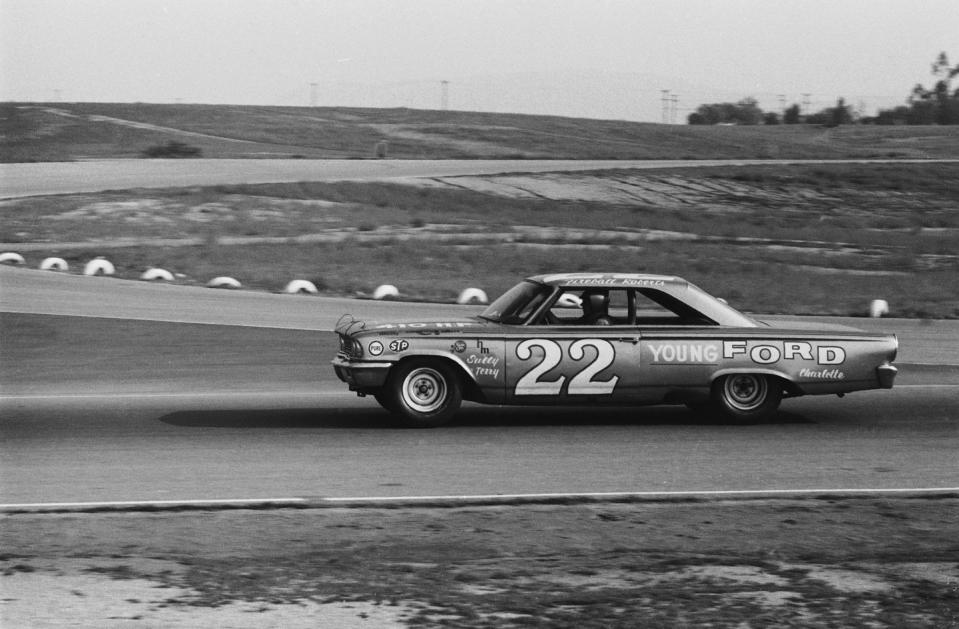How Dan Gurney Made Historic Riverside Raceway His Playground

Riverside (Calif.) Raceway hosted NASCAR races from 1958 to 1988 in various months but perhaps was best known for its January races.
A local product, racing legend Dan Gurney proved to be a master of the winding course, winning five NASCAR races there.
The track held its first NASCAR race in 1958 and, for reasons not entirely clear, scheduled the event for 500 miles.
From 1963 to 1981, January in NASCAR meant Riverside International Raceway near Los Angeles, California.
The fast and dangerous road course hosted NASCAR races from 1958 to 1988 in various months but perhaps was best known for its January races as NASCAR teams traveled coast-to-coast to test one of auto racing’s classic road courses in highly anticipated winter-time events.

The track made a lot of history—and took a lot of lives—before it was shuttered in 1989 to make way for a shopping mall and other development. The land covered by the track simply was too valuable to be used as a speedway.Riverside was a playground for one of the best automobile racers in history—Dan Gurney. A local product, Gurney proved to be a master of the winding course, winning five NASCAR races there. Four of those wins were scored in cars fielded by the Wood Brothers.
Gurney scored five wins—all at Riverside—in 16 career NASCAR Cup starts.
“Some people just are good,” said team owner Glen Wood in an interview years after Gurney’s first run in a Woods car at Riverside. “You can learn to do things, but you have to have some knack for it other than just saying I’m going to do it and don’t know whether you can or not. He was really good at Riverside.”
Leonard Wood, Glen’s brother and the team’s master mechanic, marveled at Gurney’s control at Riverside.
“The garage area there was outside turn nine,” he said. “We’d walk up the fence there and watch. Dan would get to the apex of the corner and drive straight to the wall—straight at us—and then give it a quick jerk. He jammed it from second to third gear.

“He was so focused. Everybody told him that it looked like he was on a Sunday afternoon drive. He said, ‘You don’t know how hard it is to make it look like that.’ He kept telling me that you really had to discipline yourself to make yourself back off at the right points.
“After all the experience I’ve had over the years watching him and listening to him, that’s so true. You’ll see a guy overdrive, and he pays for it coming off the corner. It’s so important to back off at the right place and get back on the throttle at the right place. He just knew how to do that so well.”
Such precision was an absolute necessity at Riverside, where a mistake could prove fatal. From the very beginning, Riverside drew respect as a track with a bite.
The track hosted NASCAR, IndyCar, Formula 1 and sports car racing over the years, and the heavy NASCAR stockers proved difficult to handle for many on the high-speed surface. Accidents, including many spectacular crashes that included flips and rollovers, were plentiful.

Two-time Cup Series champion Joe Weatherly, one of the best drivers of NASCAR’s pioneer years and a popular garage area jokester, was killed in 1964 when he slammed into the sixth-turn wall at Riverside, his head hitting the concrete wall.
More than a dozen drivers died at Riverside over the years, and A.J. Foyt survived a brutal accident there, one of many death traps the great Texan escaped during a long career.
The track held its first NASCAR race in 1958 and, for reasons not entirely clear, scheduled the event for 500 miles. Five hundred miles—on a road course. Six hours later, Eddie Gray was flagged the winner. The next Cup race there, in 1961, was a much more sensible 100-miler.
Riverside was only 50 miles from L.A., but that proximity proved a double-edged sword. The location gave NASCAR and other series great exposure in the coveted Los Angeles market, but the fact that the land was worth so much in development circles ultimately resulted in its doom.
Rusty Wallace won Riverside’s final NASCAR race in June 1988.

 Yahoo Autos
Yahoo Autos 